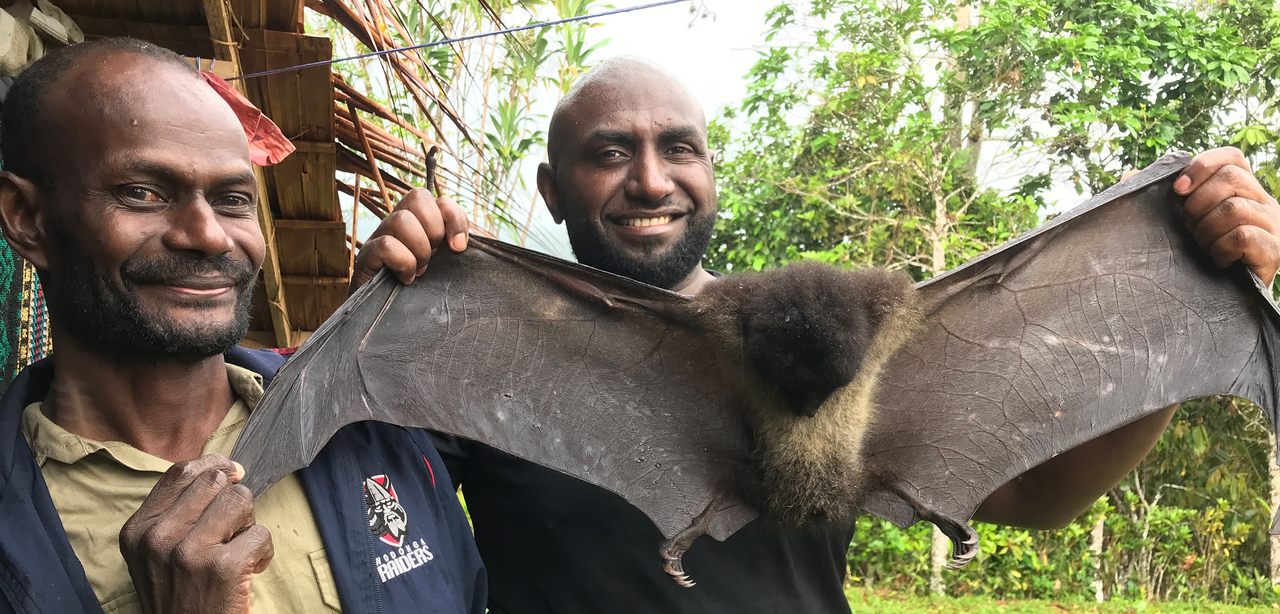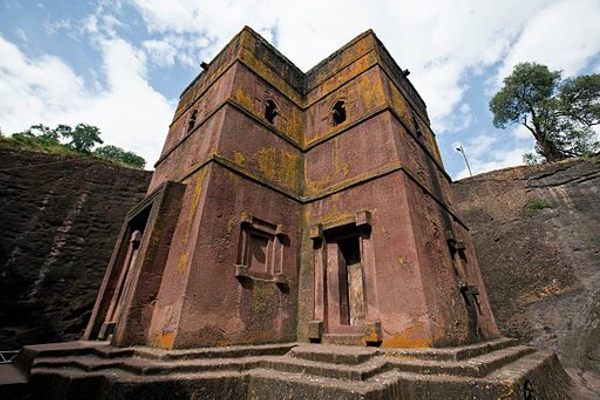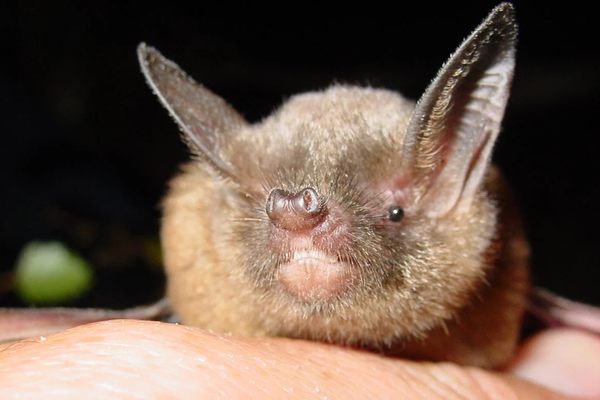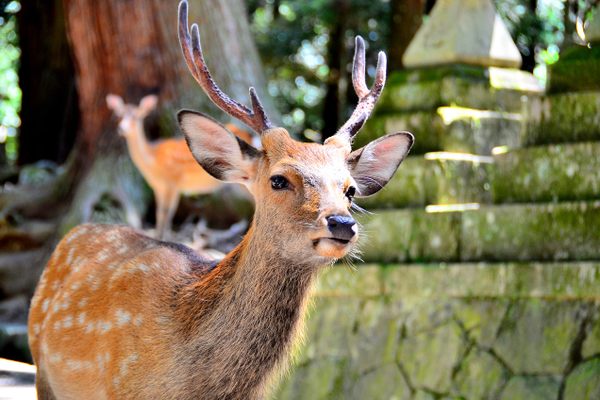Saving Bats in Papua New Guinea Through ‘Knowledge-Weaving’ Tradition and Science
A Indigenous scientist blends local and Western perspectives about the culturally significant animal to safeguard its future.
This article is from Hakai Magazine, an online publication about science and society in coastal ecosystems, and appears here with permission. Read more stories like this at hakaimagazine.com.
When conservation scientist Junior Novera was growing up in Mapisi Village, on a bend of the Sinamut River in Bougainville, Papua New Guinea, he’d never heard the term conservation. There were sacred sites, treasured species, and complex rules governing people’s interactions with nature. But it wasn’t until he left the island for university and attended an intensive course with the Wildlife Conservation Society that the concept—as defined by Western science—became clear.
“I had traditional knowledge about hunting and all these other skills,” Novera says. “But conservation, in that external context, was new to me.” Just like Indigenous communities all around the world, he says, his community “understands conservation in our own ways, in our language, and in our way of life.” But there’s value in bridging those worldviews. And Novera, in a new study, details his and his colleagues’ attempt to combine these different understandings to protect imperiled species on his clan’s customary land.
Novera was inspired to blend the two perspectives by his experiences conducting conservation projects on mainland Papua New Guinea. Not long out of school, Novera was working mostly from the Western scientific perspective he’d been trained in. Time and again, though, he saw conservation projects fail to sustain long-term change.
Those failures, he thought, stemmed from a disconnect. More than 97 percent of Papua New Guinea’s land is held under a customary land tenure system: it’s owned and managed by families, clans, and tribal groups with ancestral relationships to the territory in question. Most people live rurally. For a project to succeed, the community needs to buy in. Yet many externally driven conservation projects, he found, operated with a narrow focus on biological elements of conservation, such as population numbers and reproduction rates, and overlooked social aspects. These projects often failed to get the community on board and missed opportunities to learn from and build on locals’ preexisting notions of guardianship and resource management.

After a decade on the mainland and abroad, Novera returned home to Mapisi. “I’ve seen a lot of forests,” he says. “But coming back to my own forest to do conservation was special because the forest just belongs to you. … It greets you, and it provides for you, and you are part of it.”
He began working on his doctorate through the University of Queensland in Australia, combining scientific data collection and analysis with traditional knowledge and beliefs to support locally led conservation of rare mammals and traditional practices. Among the endemic species he sought to protect was the Bougainville monkey-faced bat. These bats are culturally and spiritually significant: they’re totem animals that represent certain clans and communities, they’re hunted for food, and their bones are used to make spears and ornaments. They also play an important biological role by dispersing seeds.
As with many culturally important species, locals have long-standing traditional measures to maintain the bat population, such as restricting hunting to certain areas or time periods, limiting equipment to bows and arrows, or limiting hunting to particular families or community members. These restrictions are particularly tight in tambu (sacred) sites, where bat populations remain relatively healthy. But the toll of habitat loss and invasive species has caused the bat’s population outside of the tambu to decline significantly in recent decades. These losses are happening out of sight, so most communities have remained unaware.
Novera intervened with what he calls a “knowledge-weaving” approach. He worked with his clan to impart relevant Western scientific techniques and knowledge, such as population surveying and modeling. Carrying out these processes collaboratively with clan members and then sharing the results with the wider community meant they gained firsthand insight into the species’ precarity: The work showed that continuing to hunt the bats at their usual frequency would likely lead to the animals’ extinction.
Novera also explored how drawing on traditional practices—such as by expanding the conventions within tambu to wider areas—might help maintain the population.
By working with his community, Novera convinced them of the bat’s ecological importance. Most have shifted from hunting bats to hunting invasive species such as feral pigs to meet their nutritional needs. While the research team has yet to follow up with further population surveys, Novera says that the bats seem more abundant already: “I have seen [them] everywhere when I am at home.”
When considering what other conservationists might learn from this experience, Novera says it’s critical to work with local champions, like himself, who can navigate and communicate between the various systems, languages, and understandings. “I realized what conservation can do when traditional landowners acquire knowledge and bring that back to their community,” Novera says. The additional insight of how Western science sees conservation “adds a lot of value to [community members’] lifestyles and to how they understand nature,” he says.
This Indigenous-led, knowledge-weaving approach is much needed—and increasingly common, says Melissa Nursey-Bray, a human geographer at the University of Adelaide in Australia. “Across the world, Indigenous peoples are leading the way in these types of projects. It’s fantastic what [Novera’s] doing, and there’s also such a diversity of other groups doing similar things. I think it’s a really positive way forward.”
Novera also emphasizes the importance of not rushing things. “If it takes 10 years, let it be 10 years,” he says. “It’s like gardening: you need to prepare the soil. It takes time for people to understand.”




































Follow us on Twitter to get the latest on the world's hidden wonders.
Like us on Facebook to get the latest on the world's hidden wonders.
Follow us on Twitter Like us on Facebook